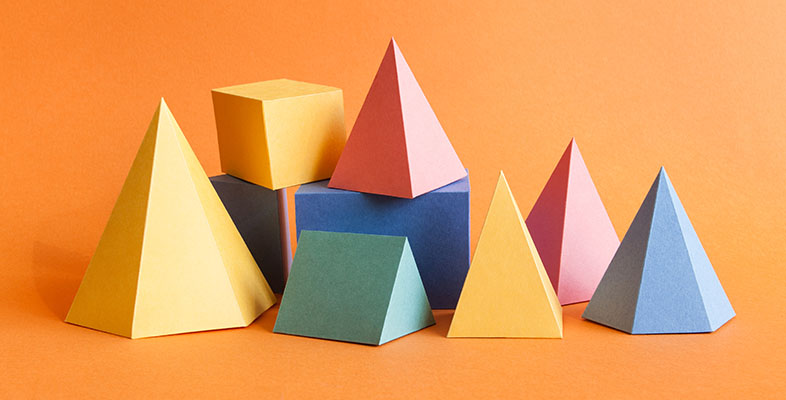1.2 The historic development of measures
The development in the use of measures happened because people wanted to trade (in foodstuffs, amounts of cloth, etc.) and because communities needed to divide areas of land between family groups. Informal measurements began with reference to parts of the body, for example:
- The inch was the length from the tip of the thumb to its joint.
- The foot was the length of a man’s foot.
- The yard was the length from a man’s nose to the tip of the index finger on his outstretched arm.
I know that, if I wanted to buy some cloth from a merchant, I would have sent the tallest man in my family! Hence the need for these measures to be standardised. The first time that measures were standardised in the UK appears to have been in 1215 in the Magna Carta.
Some of the old imperial measures have strange names. For example, 22 yards is equal to one chain. My historian friend tells me that every community had a chain. This was literally a chain made of links, 22 yards long and used to measure the ground when setting out fields.
